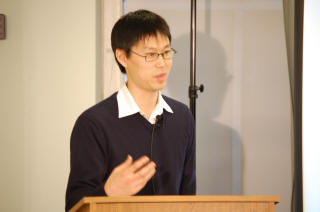
Japan’s meteoric economic rise from the end of World War II through the 1980s and then its rapid descent into economic stagnation is one of the greatest reversals of economic fortunes among the industrialized democracies. Japan’s public finances followed a similar arc, with Japan, a former model of fiscal discipline and restrained spending, becoming virtually synonymous with wasteful pork barrel spending. Yet this widely accepted view of Japan ignores a simple but critical fact: Japanese spending remains low despite ballooning budget deficits.

This presentation explains this puzzle by focusing on a poorly understood yet massive government-run financial system called the Fiscal Investment Loan Program (FILP). FILP, not only provided the ruling party a second shadow budget, it allowed the party to build a powerful and long lasting political coalition that helped it stay in power.

Online Notes

